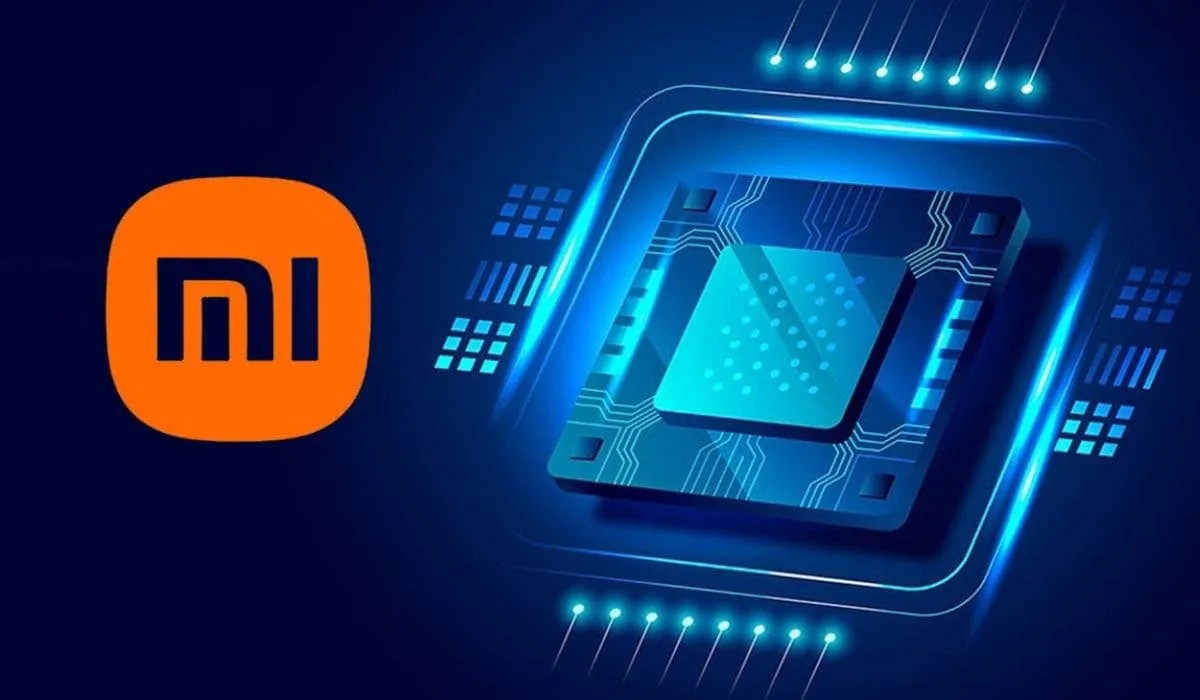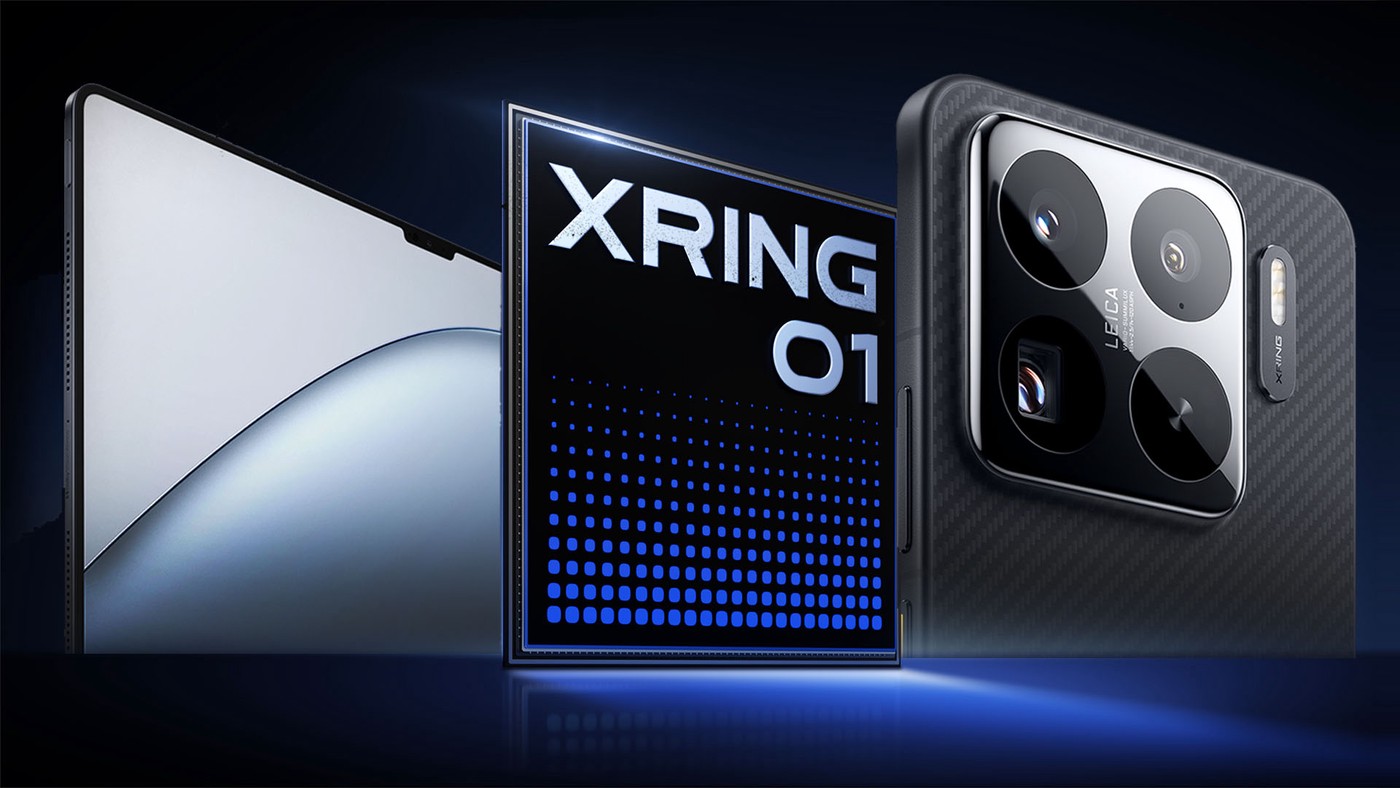Chinese technology giant Xiaomi has revealed its plans for the next generation of smartphone chips as part of its growing push into semiconductors. However, unlike Apple which has released a new chip every year since 2010, Xiaomi has clarified that it does not intend to follow the same yearly launch cycle.
A Long-Term Strategy for Chips

Xu Fei, Vice President at Xiaomi, explained that the company is still relatively new in the semiconductor field and needs time to plan carefully. She emphasized that Xiaomi is “planning ahead” for its future chips but cannot commit to an annual launch. Instead, the company is focusing on creating stable, high-performance processors that deliver value while sustaining long-term growth.
Last year, Xiaomi introduced its first self-developed system-on-chip, the XRing 01, built using a 3 nanometer process. The chip was designed to power Xiaomi smartphones and was hailed as a milestone in the company’s journey towards technological independence. Xiaomi also committed to invest at least 50 billion yuan, or around 7 billion US dollars, over the next decade to develop its semiconductor business.
Balancing Innovation and Investment
While Apple’s yearly chip updates have become central to its iPhone strategy, Xiaomi is approaching the business differently. Xu noted that for the company to break even, each chip release would need to ship at least 10 million units. By comparison, the initial XRing 01 will see one million units shipped, showing that it will take years for the investment to pay off. Xu admitted that patience is key, saying it may take up to ten years for the division to reach profitability.
The executive added that Xiaomi’s focus for now is to ensure that its chips provide excellent performance and user experience, even if that means a slower release timeline compared to competitors.
Why Xiaomi is Building Its Own Chips
Smartphone chips are the brain of a device, controlling everything from processing speed to power efficiency. Companies like Apple and Huawei have reaped the benefits of in-house chip design by ensuring tighter integration between hardware and software. Xiaomi is aiming for similar benefits by aligning its chips with its custom-built HyperOS and its artificial intelligence suite, HyperAI.
This vertical integration will allow Xiaomi devices to run more efficiently and deliver a smoother experience for users. Experts also believe that success in smartphone chips could help Xiaomi expand its semiconductor expertise into other areas of its ecosystem, which includes smart appliances, wearables, and even electric vehicles.
Relationship with Qualcomm and MediaTek

Despite its growing ambitions, Xiaomi has made it clear that it will continue working closely with long-time chip partners Qualcomm and MediaTek. The newly launched Xiaomi 17, for instance, features Qualcomm’s latest SoC. Xu stressed that Xiaomi values these relationships and will adopt a dual approach — continuing to use third-party processors while gradually introducing its own chips in select devices.
“For Qualcomm and MediaTek, they are extremely good partners and we have been working with them for 15 years,” Xu said, adding that Xiaomi has assured its partners not to worry about its growing in-house chip development.
A Different Path from Apple

Apple’s A-series chips have given it a distinct edge in the smartphone market by delivering unmatched performance and efficiency, and the latest A19 chip powers the iPhone 17 lineup. While Xiaomi recognizes the importance of custom chips, it is prioritizing sustainability and scale over speed. For now, its chip strategy is about laying strong foundations that can support both smartphones and the wider ecosystem of products.
Xiaomi’s next-generation SoC will play a critical role in shaping its future, but unlike Apple, the company is prepared to take the long road. By focusing on experience, integration, and patient investment, Xiaomi hopes to eventually stand among the top global players in the semiconductor industry.
Follow Tech Moves on Instagram and Facebook for more updates on the latest smartphone chips, AI breakthroughs, and global tech innovations.














